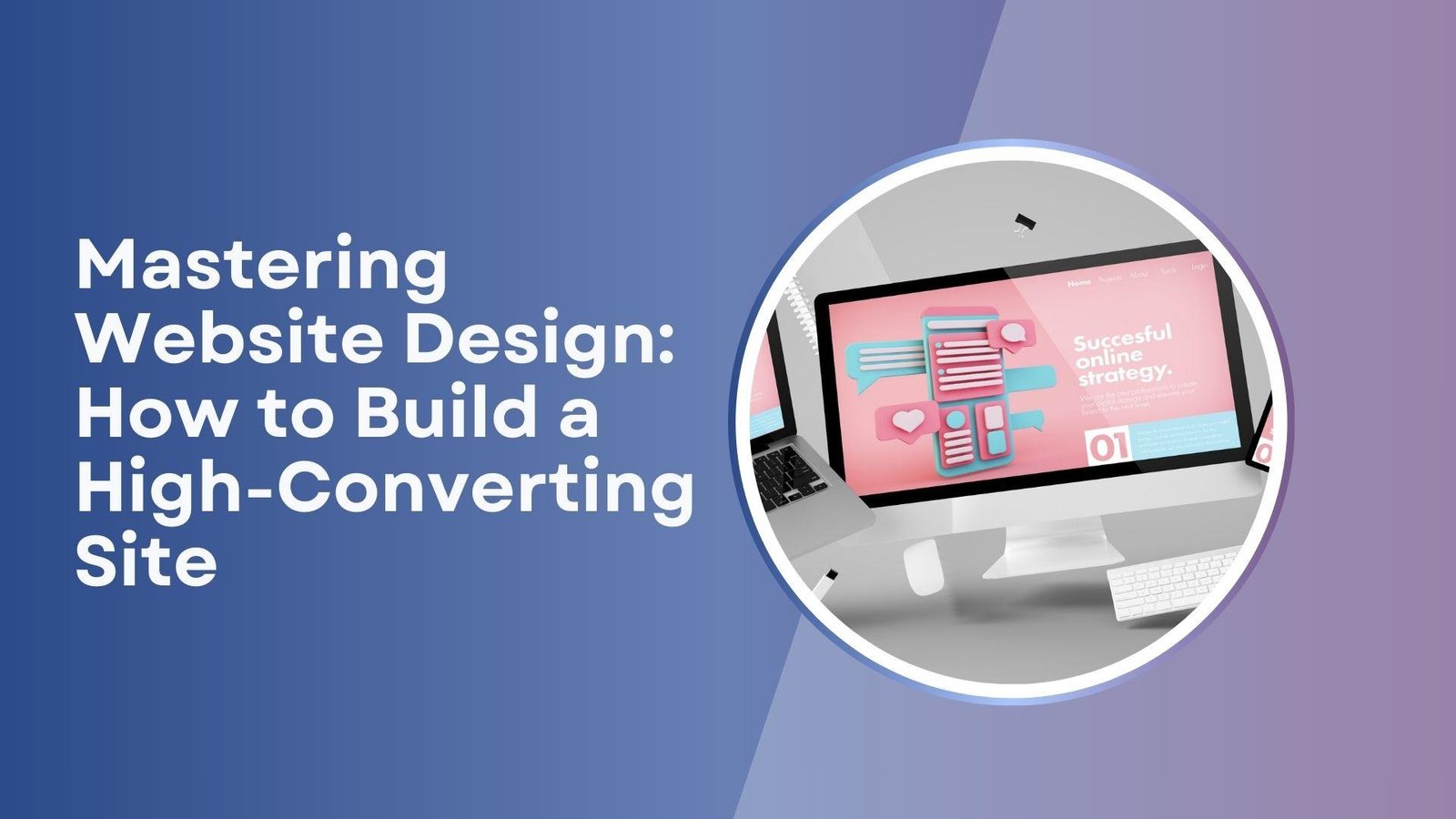Your website is more than just a digital storefront—it’s often the first impression potential customers have of your business. A poorly designed site can drive visitors away in seconds, while a strategically crafted, conversion-focused website can turn casual visitors into loyal buyers. In today’s competitive market, mastering website design isn’t optional; it’s a business necessity.
In this guide, we’ll explore how to build a high-converting site that attracts, engages, and converts, while integrating modern digital strategies like website design development, conversion funnels, live chat tools, and reputation management.
Why Website Design Matters for Conversions
Design is more than just aesthetics. It impacts:
- User Experience (UX): Easy navigation, clear layouts, and intuitive functionality keep users engaged.
- Trust: A professional site builds credibility, while a sloppy one raises red flags.
- Conversions: From sign-ups to purchases, design choices directly influence how many visitors take action.
A site with poor design may look appealing but fail to guide users toward action. That’s why combining strategic design with conversion optimization is key.
Step 1: Crafting a Strong Brand Identity
Your brand should shine through every pixel of your website. Start with a professional logo graphic design that reflects your brand’s values and vision. A strong logo not only enhances recognition but also builds trust—crucial for conversions.
Pair your logo with consistent brand colors, fonts, and imagery to create a cohesive experience across your website and print media campaigns. Consistency strengthens brand recall, which directly impacts conversions.
Step 2: Designing with the User in Mind
A high-converting site is built around user-centric design. Here are a few must-haves:
- Fast load times (speed is money online).
- Mobile-first design to cater to on-the-go users.
- Clear calls-to-action (CTAs): Strategically placed CTAs should stand out and invite clicks.
- Intuitive navigation: Keep menus simple, logical, and accessible.
These elements keep your visitors engaged and reduce bounce rates.
Step 3: Leveraging Conversion Funnels
Every website should guide visitors through a conversion path. With sales marketing funnel design, you can structure your site to move users from awareness to decision.
For example:
- Landing Page – Grabs attention with a clear value proposition.
- Content Section – Offers value-driven content (blogs, videos, case studies).
- CTA & Offer – Encourages sign-up, free trials, or purchases.
- Follow-up – Automated emails or remarketing ads to nurture leads.
When your funnel is built into your website, conversions happen naturally.
Step 4: Building Trust & Credibility
Trust is a major factor in conversion rates. One negative review or poor online reputation can harm your credibility. That’s where review reputation management comes in. Displaying customer testimonials, star ratings, and positive reviews directly on your site builds immediate trust with new visitors.
Additionally, transparency in policies (shipping, returns, data security) further enhances credibility.
Step 5: Driving Quality Traffic
Even the best website won’t convert without the right audience. Effective traffic generation strategies include:
- Local competitive SEO: Ensures your business shows up when local customers search for your services.
- Pay-per-click (PPC) traffic: Brings in targeted visitors ready to take action.
- Connected TV advertising: Expands your reach beyond traditional online channels with hyper-targeted streaming ads.
When paired with strong web design, these methods deliver high-quality visitors who are primed to convert.
Step 6: Using Social Proof & Engagement Tools
Today’s customers expect instant engagement. Tools like live chat lead conversion allow businesses to capture leads 24/7, answer questions in real-time, and reduce hesitation at critical buying moments.
Meanwhile, social media management marketing connects your brand to users beyond your website, creating a seamless ecosystem where customers see consistent branding and messaging.
Step 7: Continuous Optimization
Building a high-converting site is an ongoing process. To maximize ROI:
- Track user behavior with heatmaps and analytics.
- A/B test landing pages and CTAs.
- Continuously refine based on performance data.
Investing in 1-on-1 coaching consulting can also help business owners develop a personalized roadmap for improving web performance, traffic, and conversions.
Final Thoughts
Mastering website design is about blending aesthetics with strategy. A strong brand identity, user-focused design, optimized sales funnels, and trust-building elements are all crucial for turning visitors into paying customers. But design alone isn’t enough—you must integrate SEO, PPC, live chat, and social media into the process for maximum impact.
If you’re ready to elevate your website from a digital brochure into a conversion powerhouse, start by aligning your website design development strategy with modern marketing tactics. With the right approach, your site won’t just look good—it will drive measurable results for your business.


